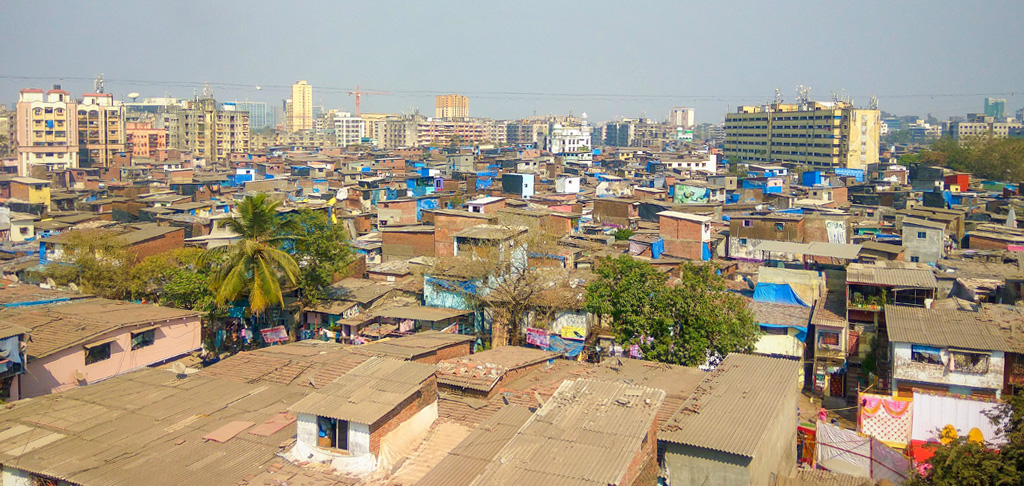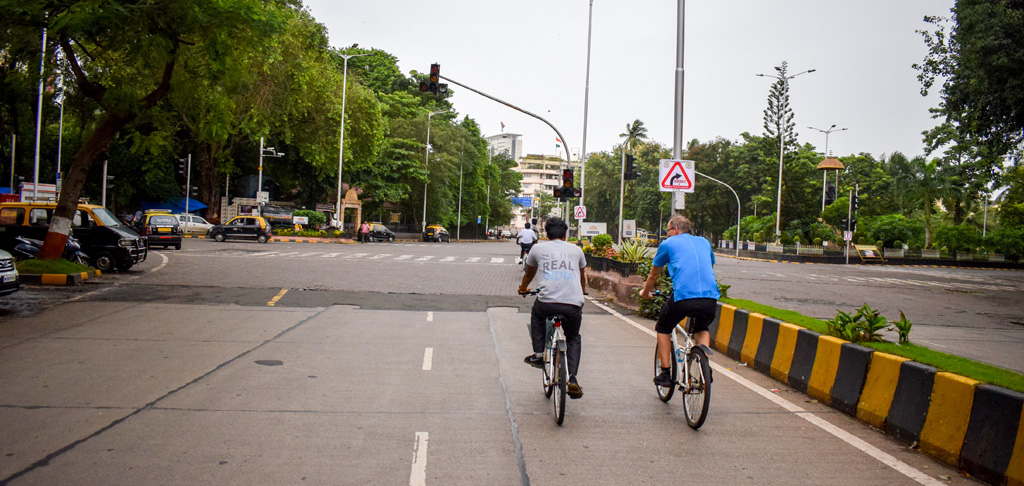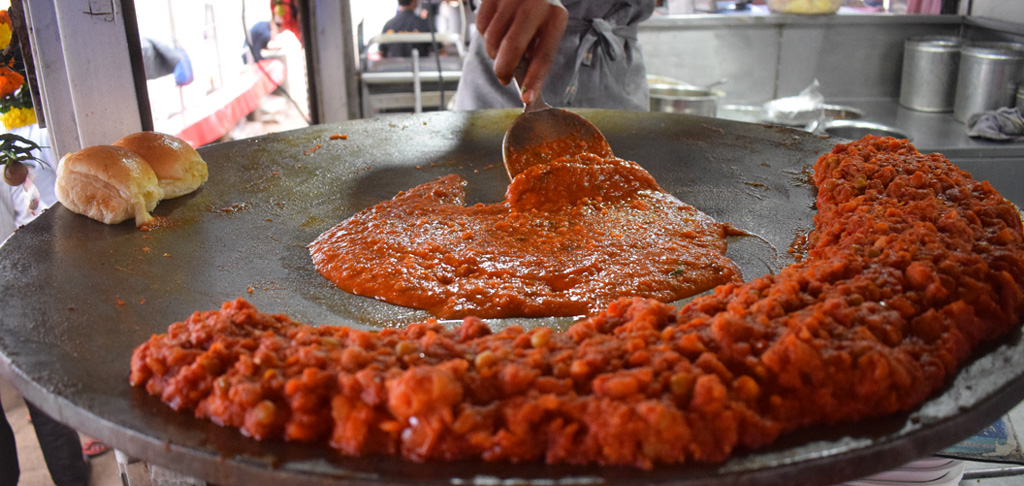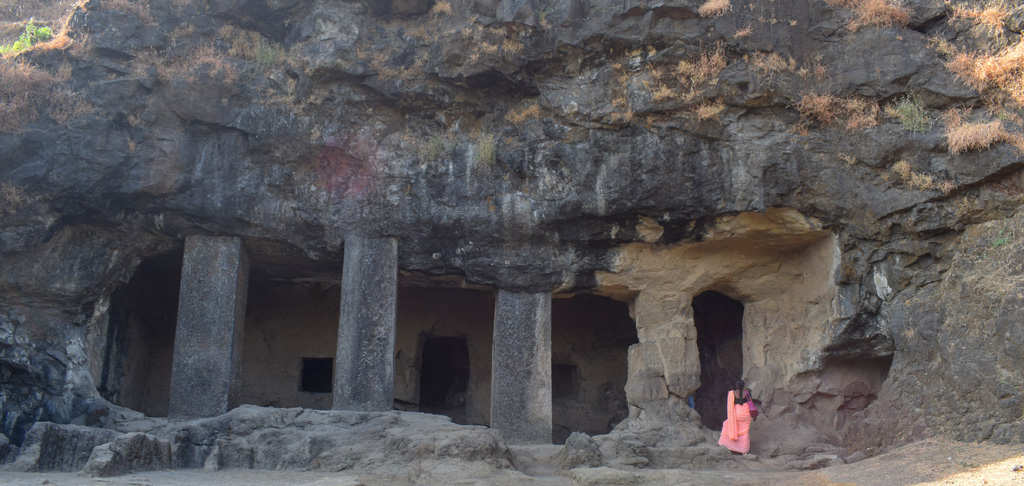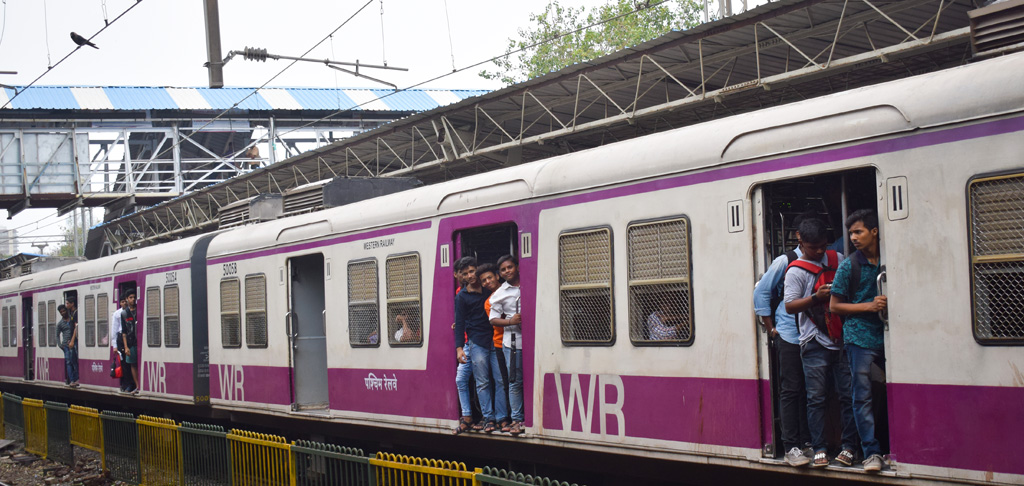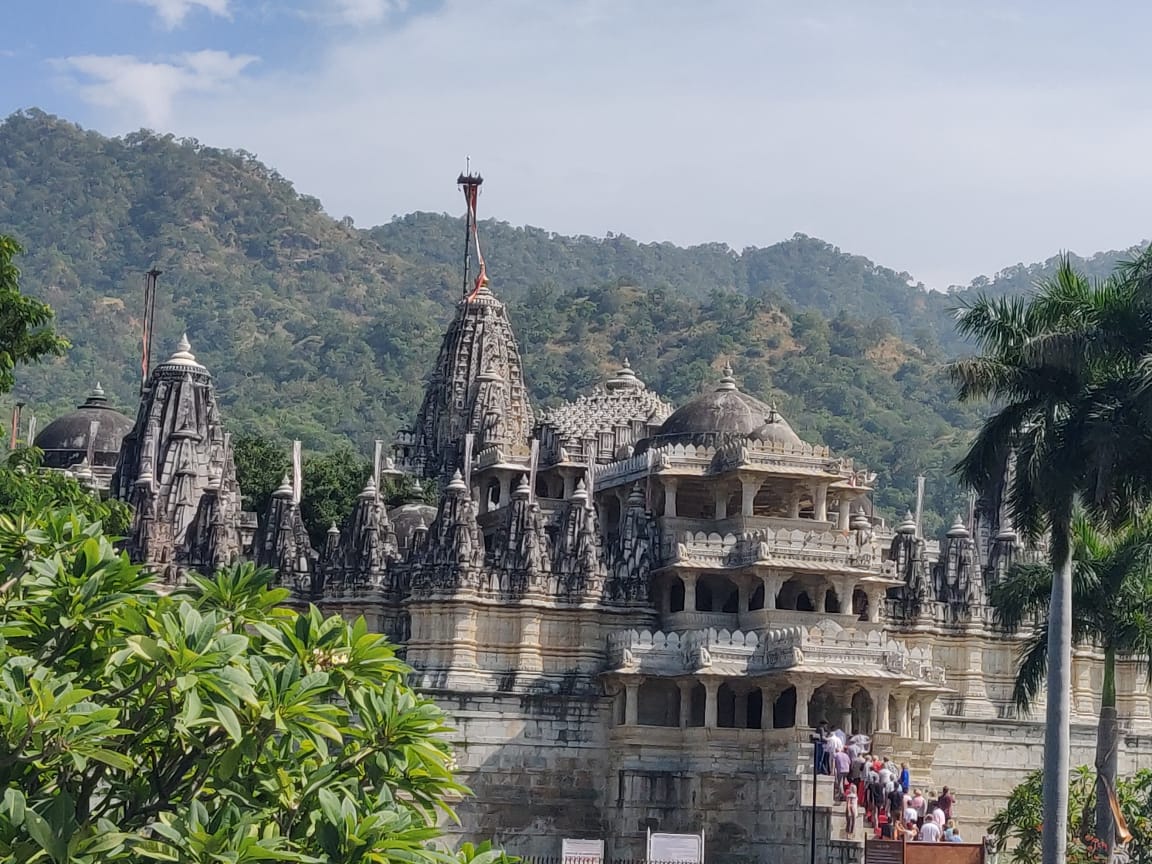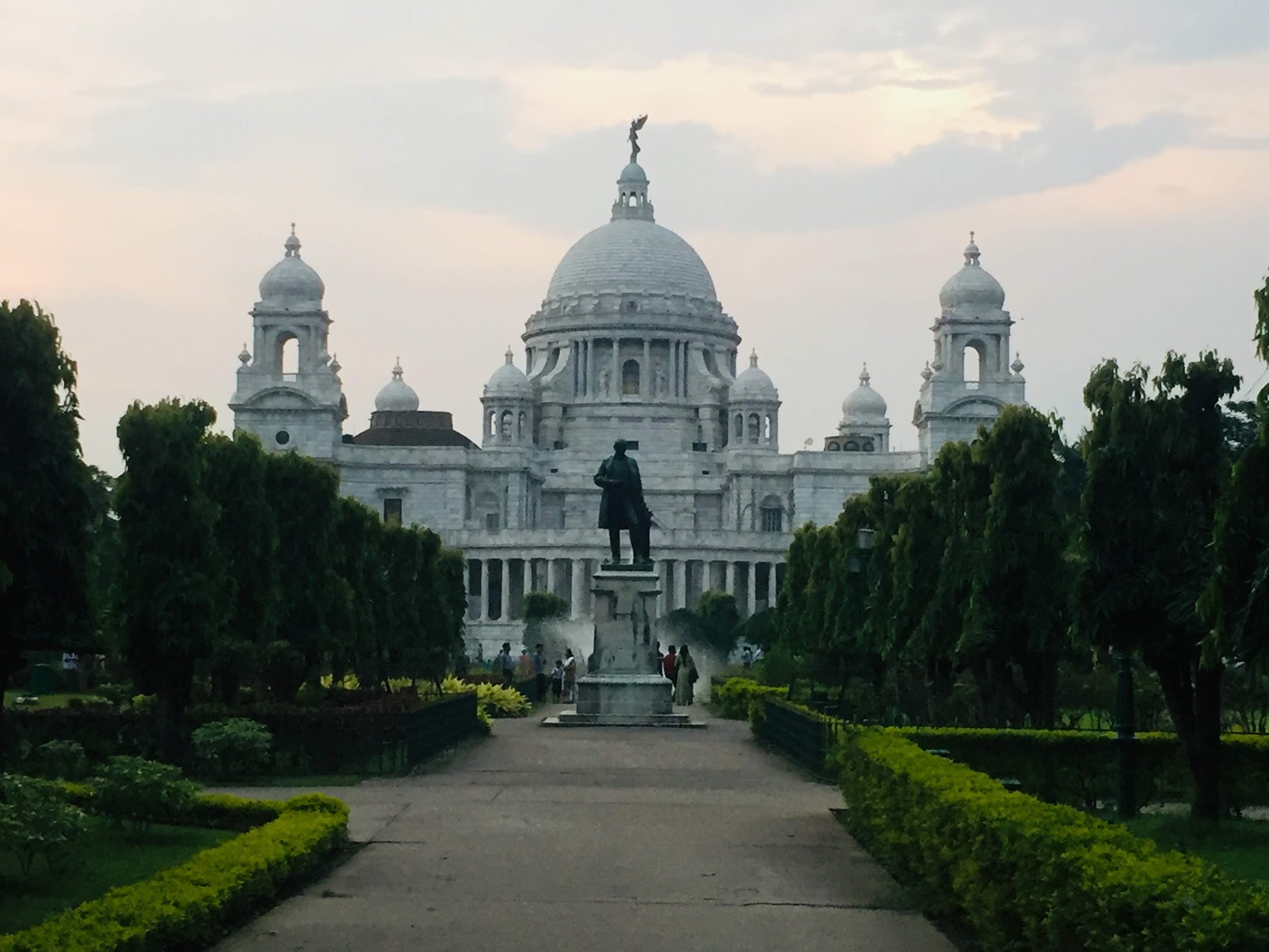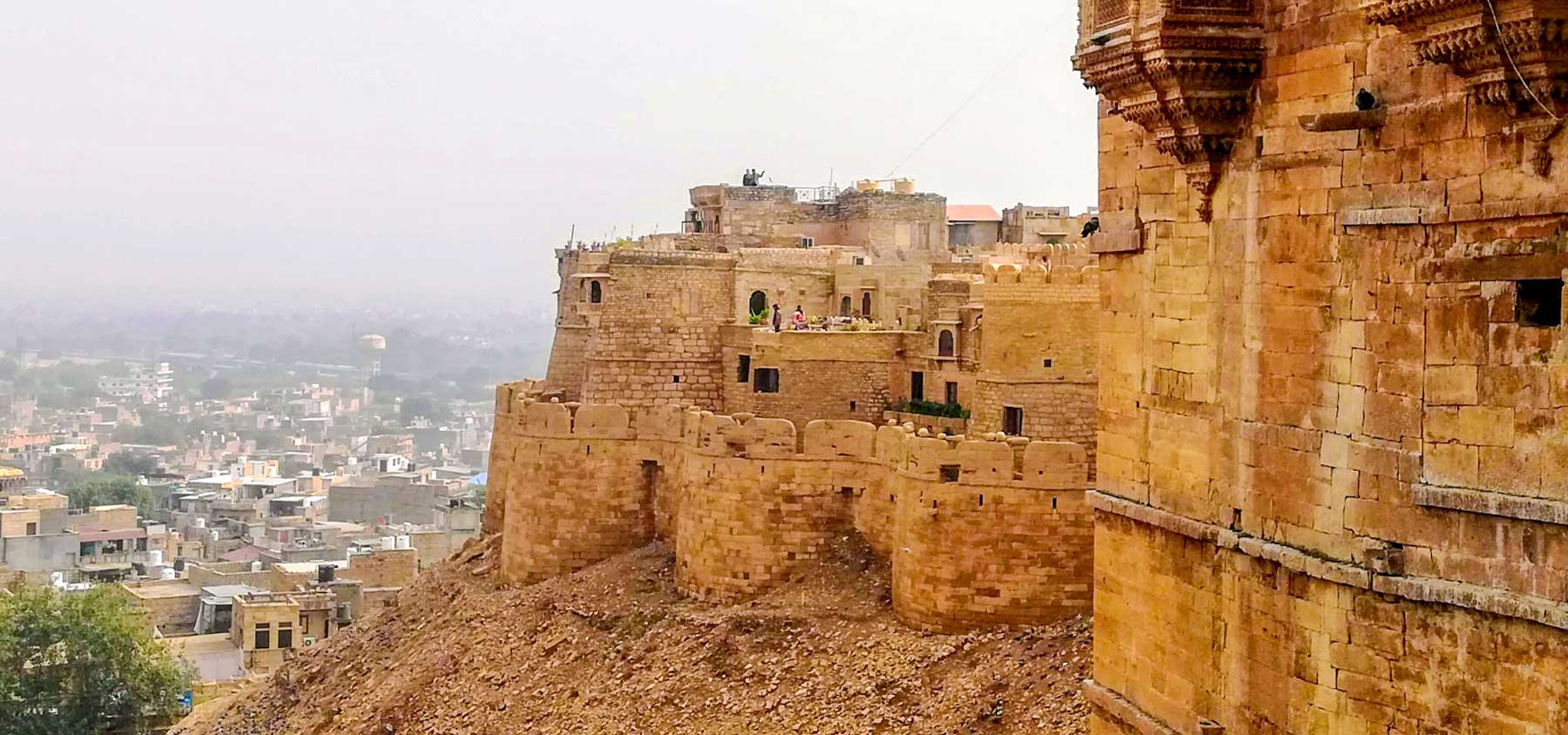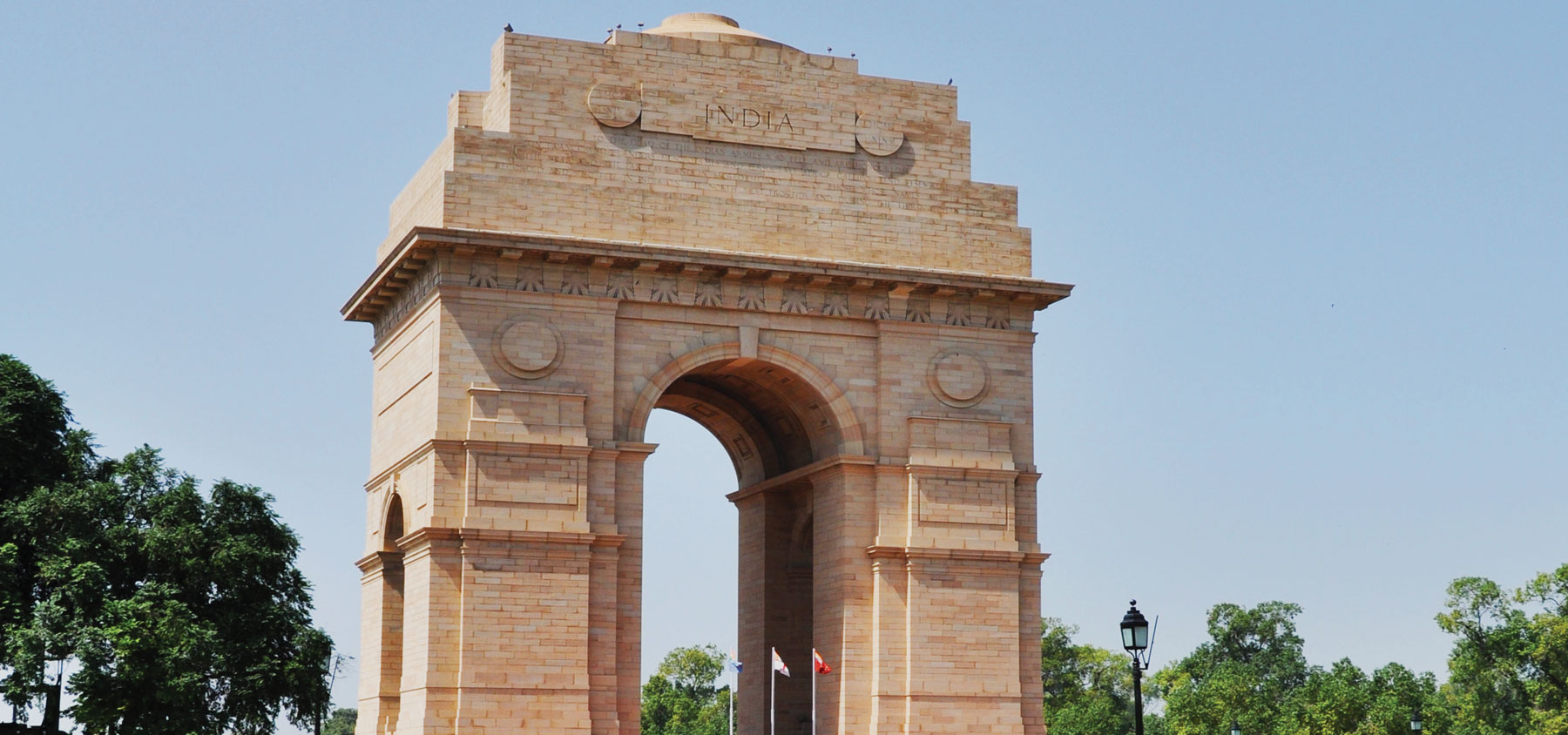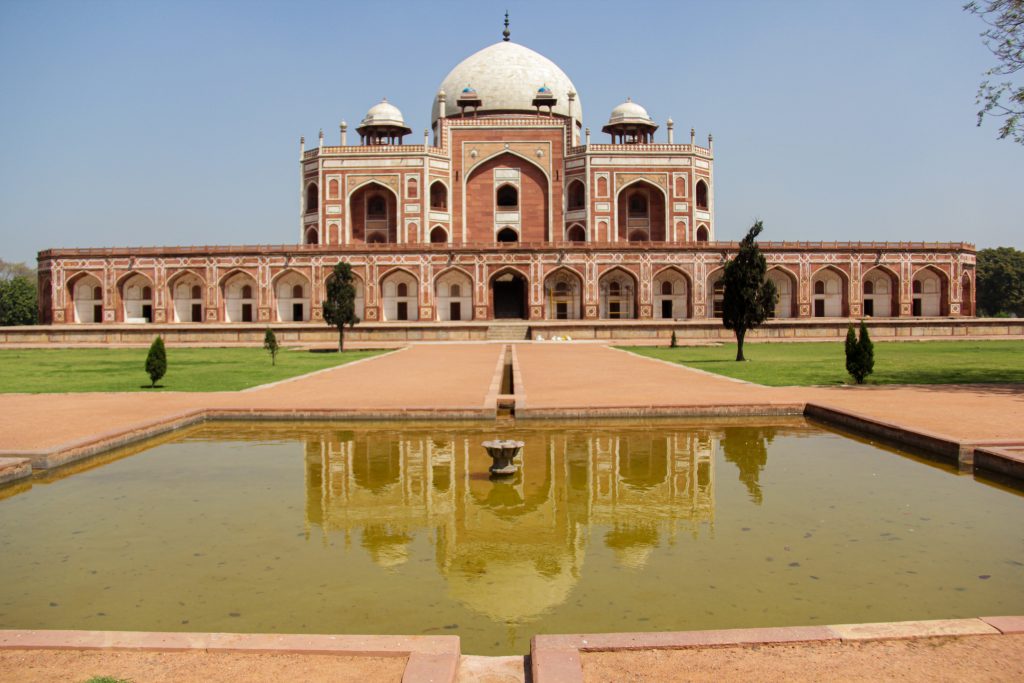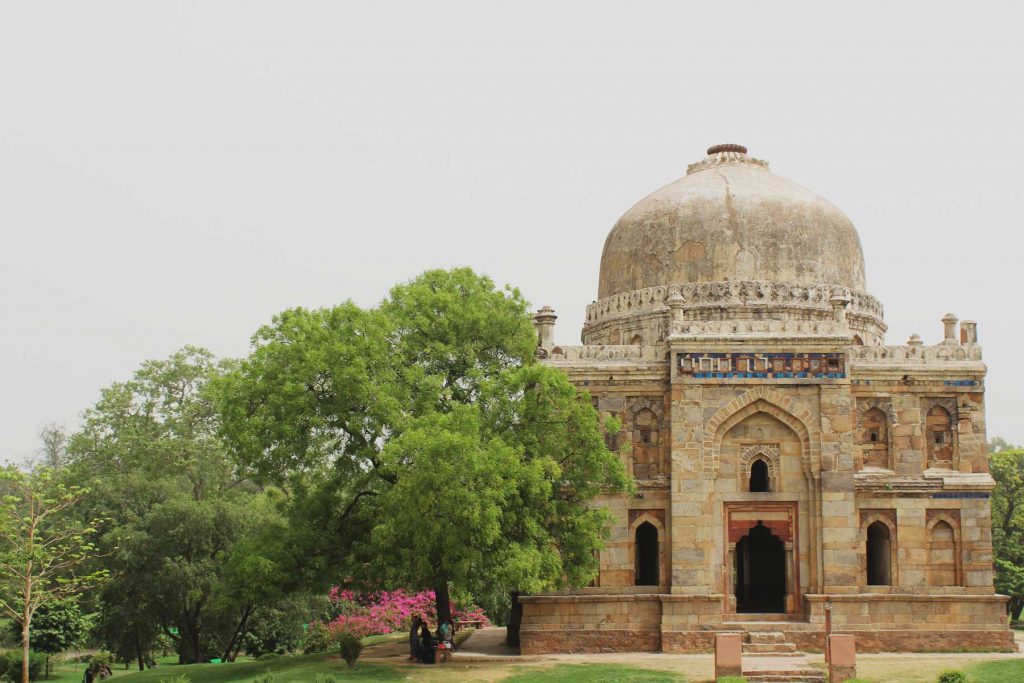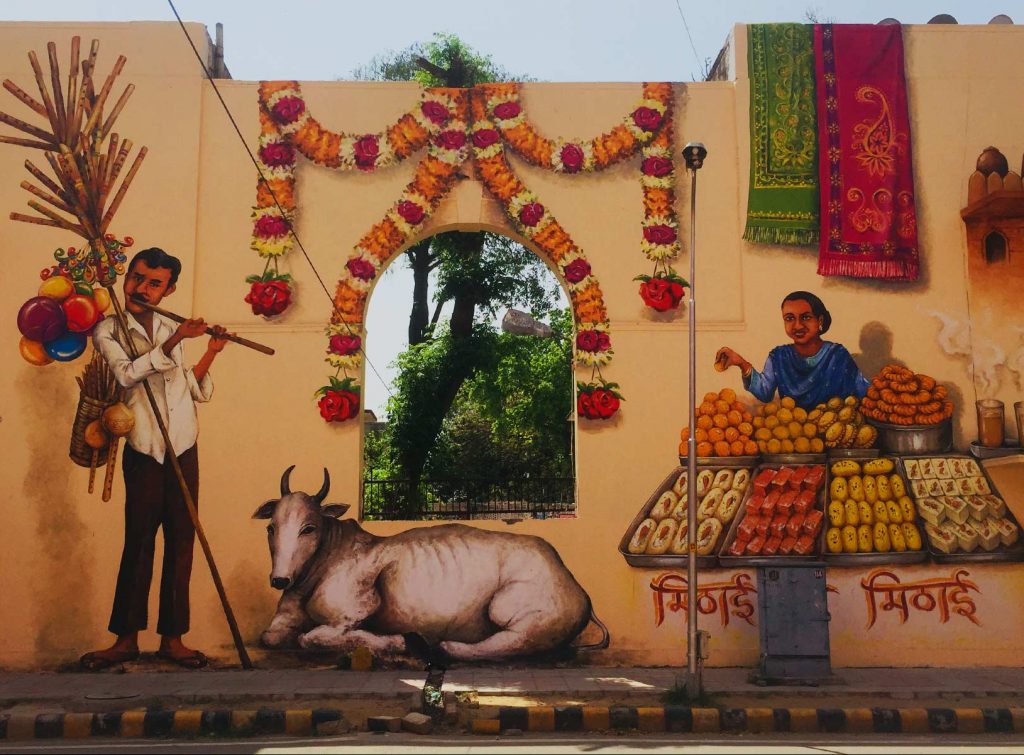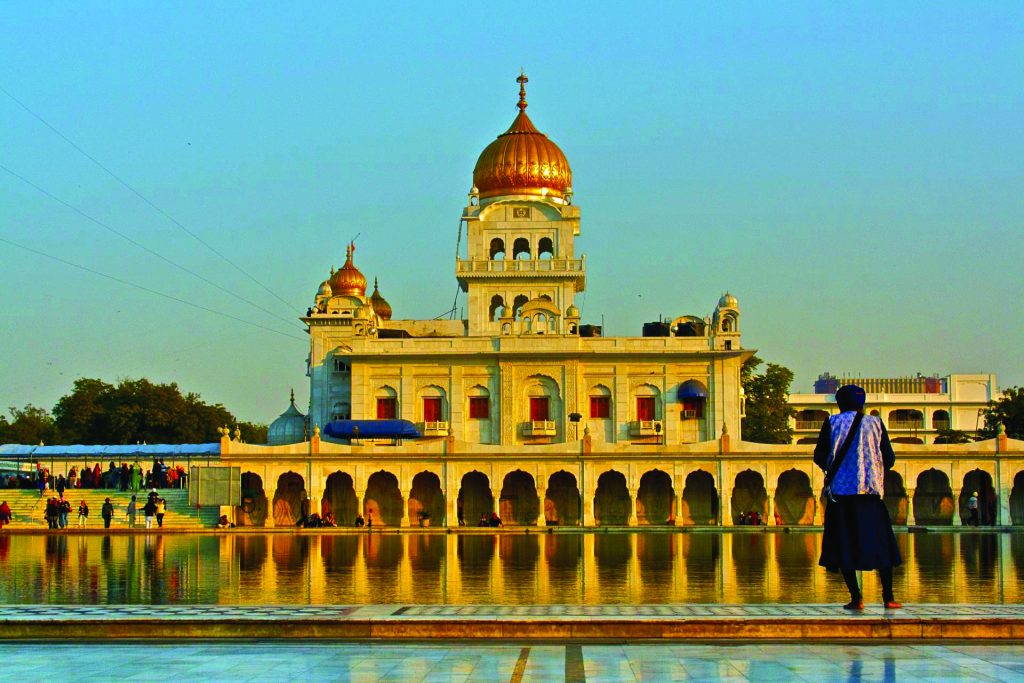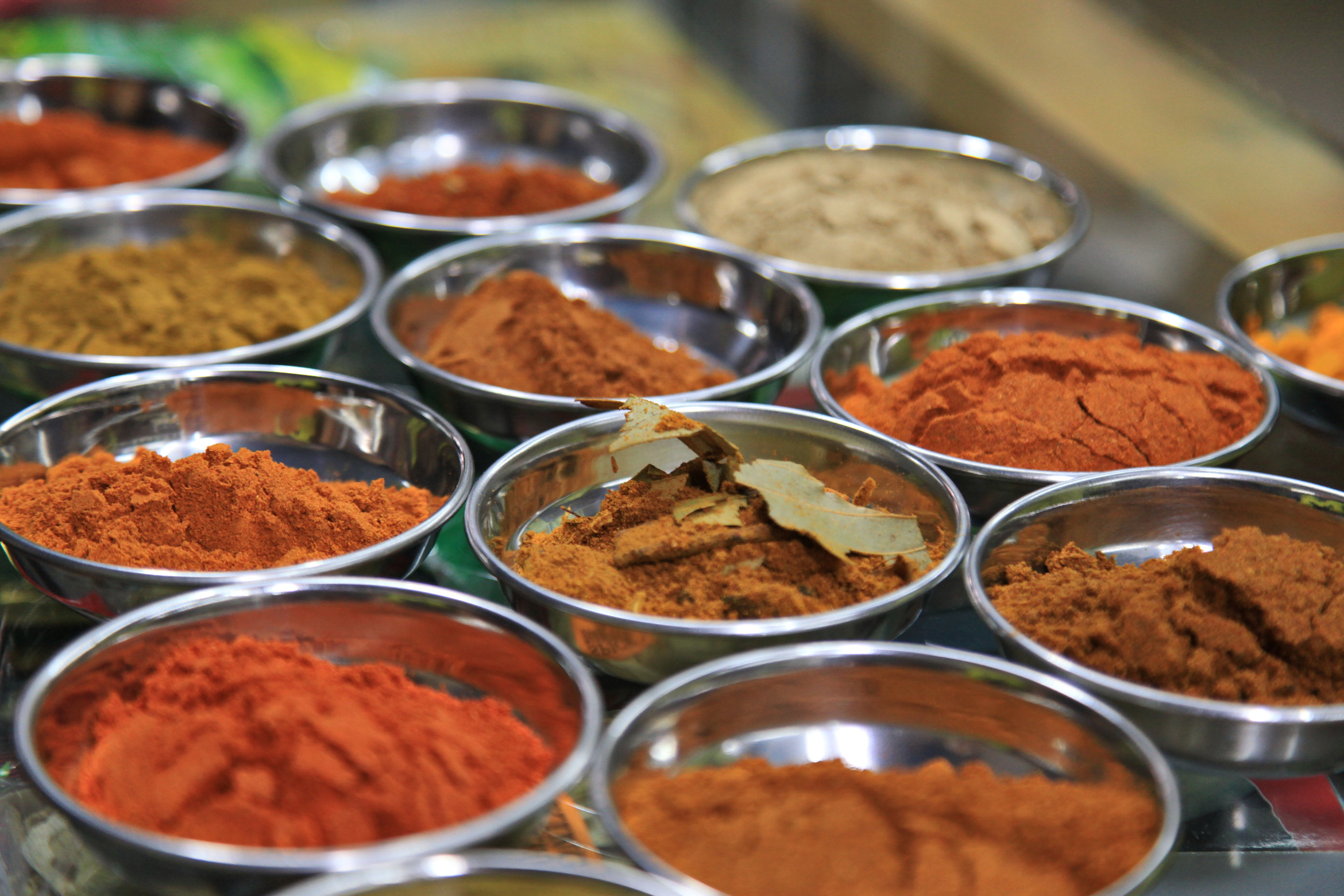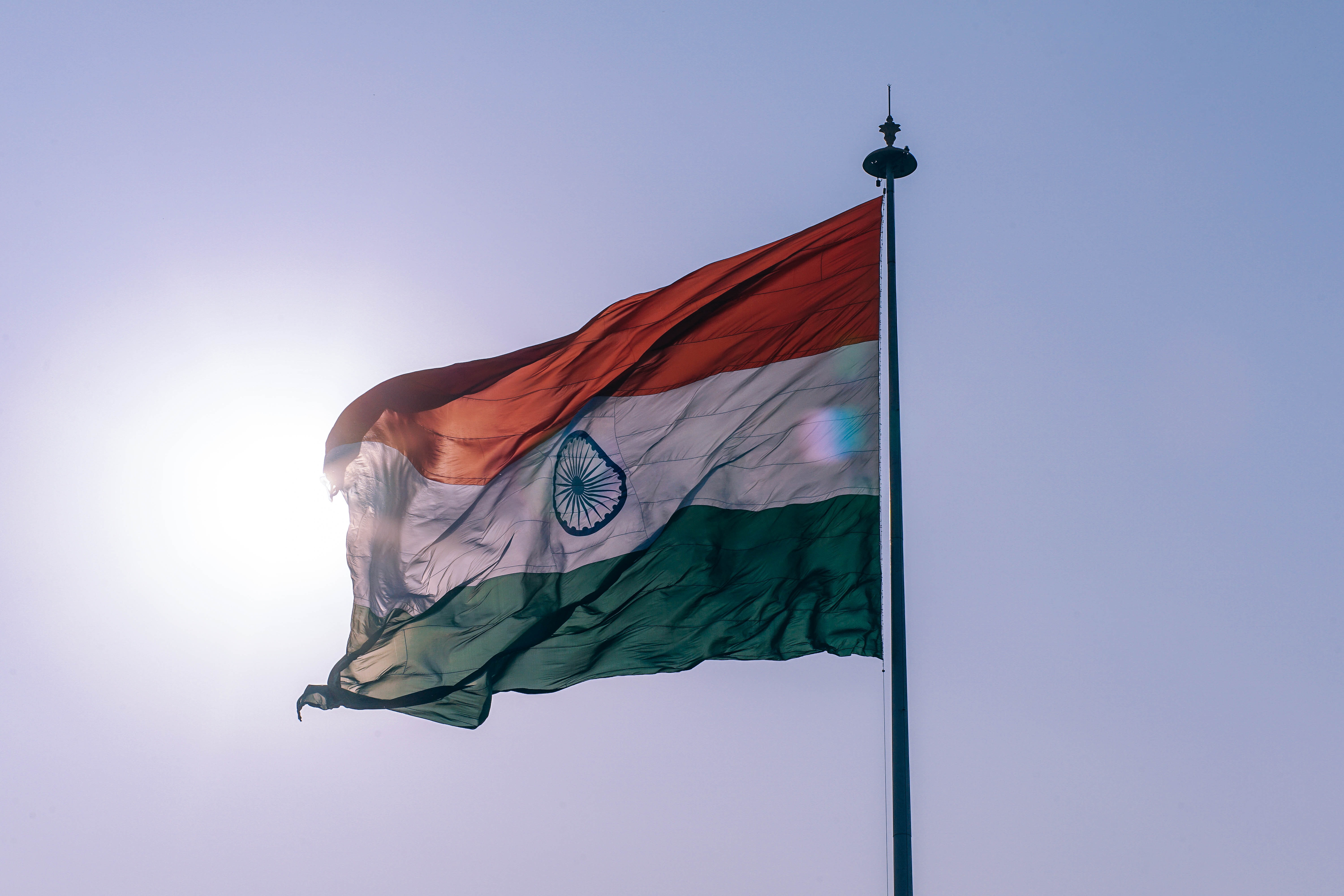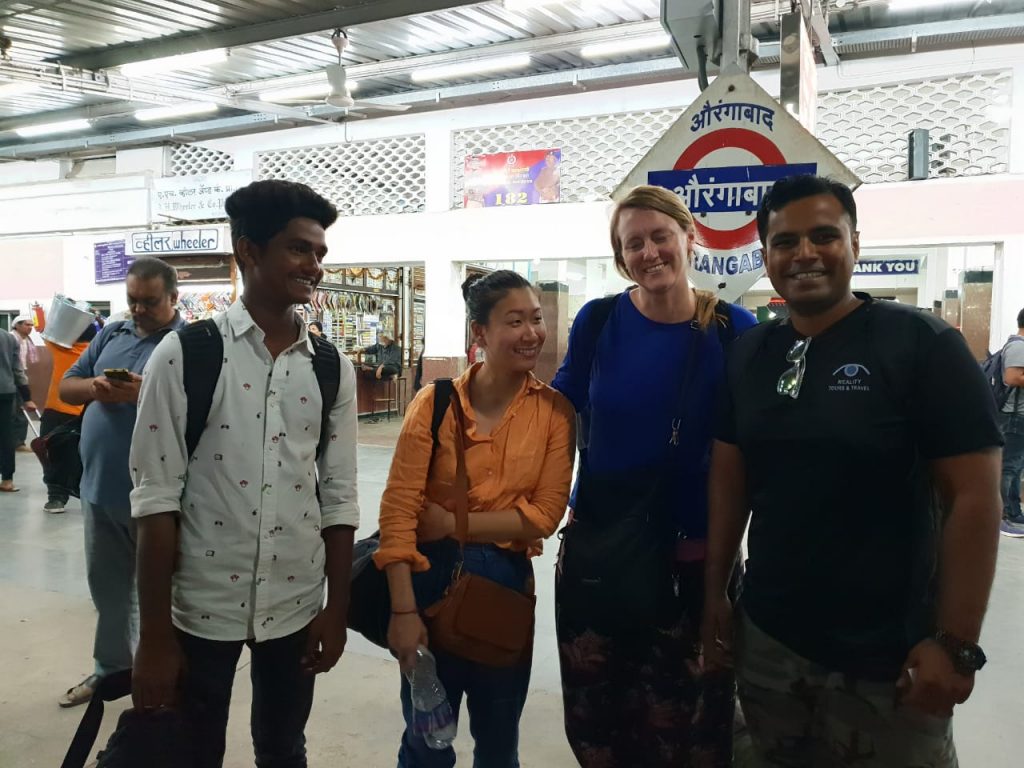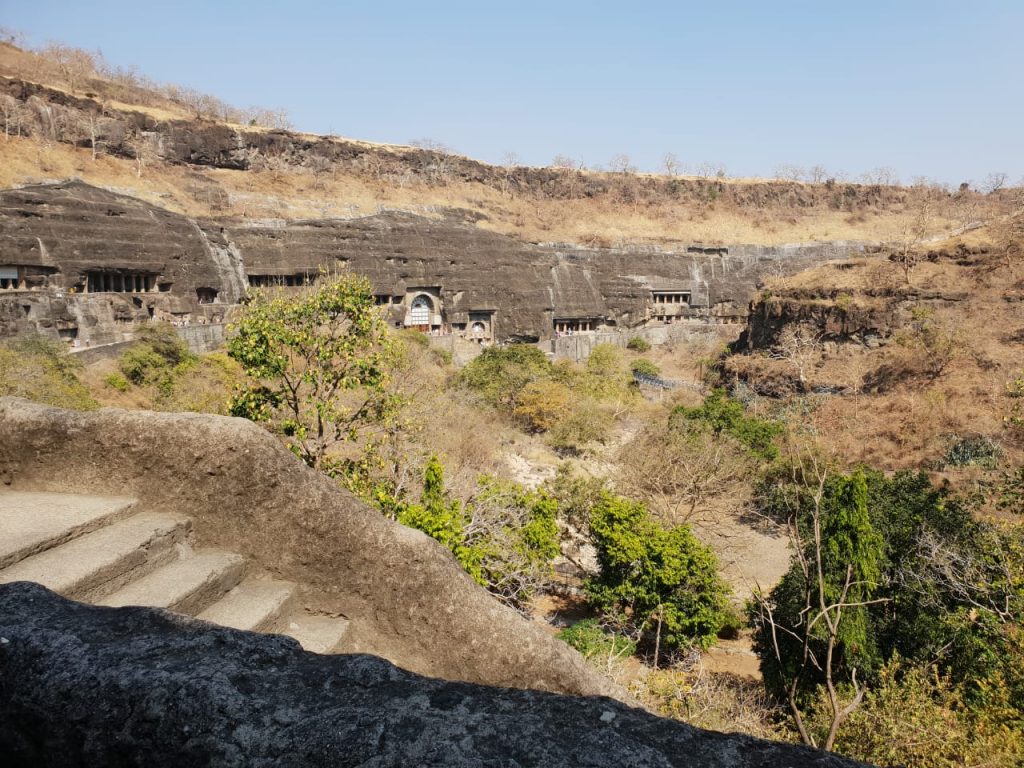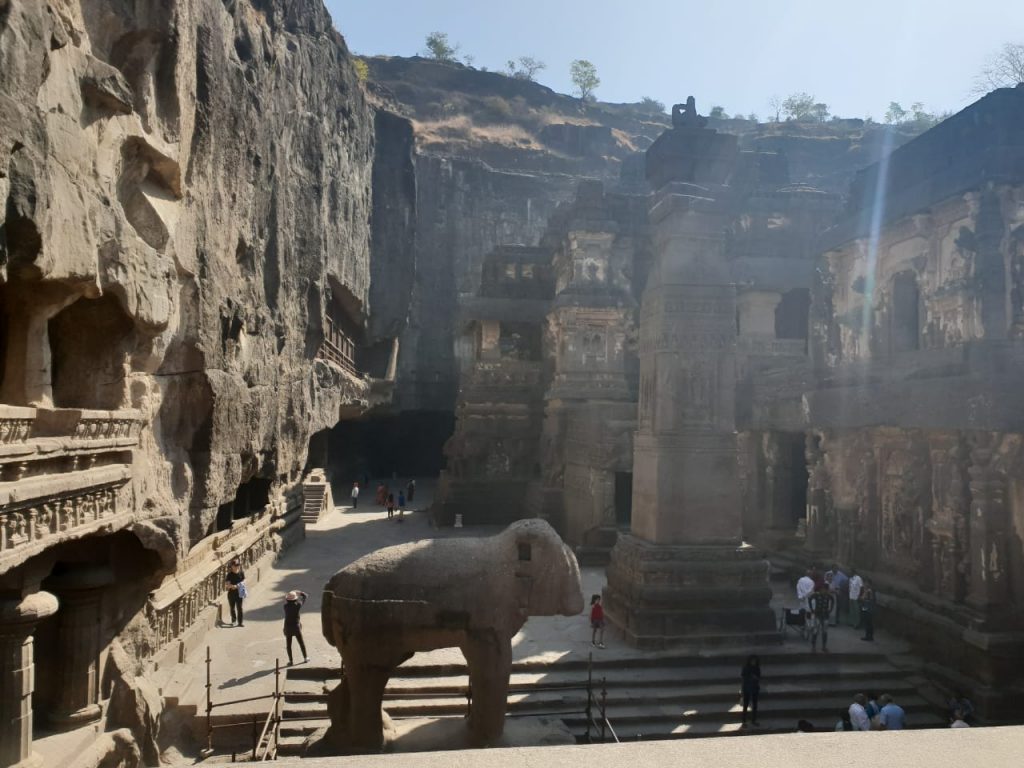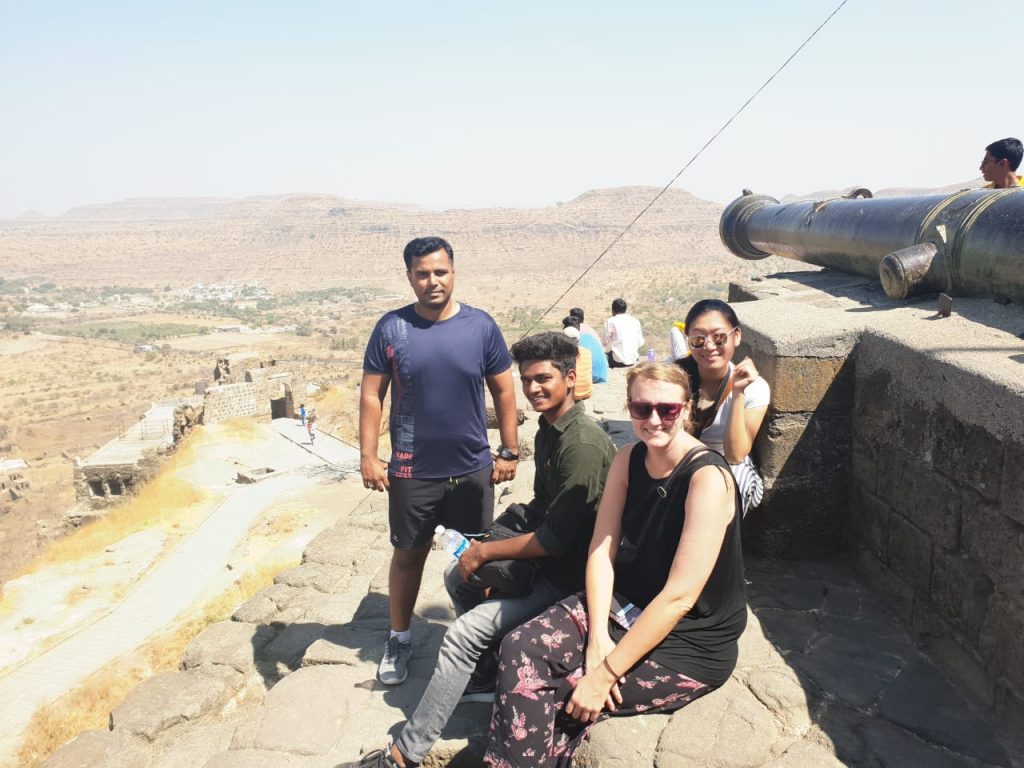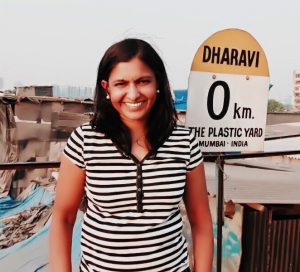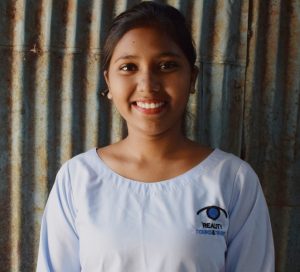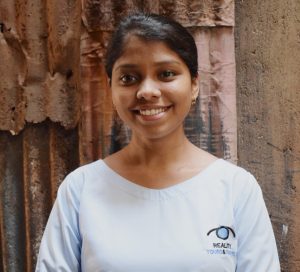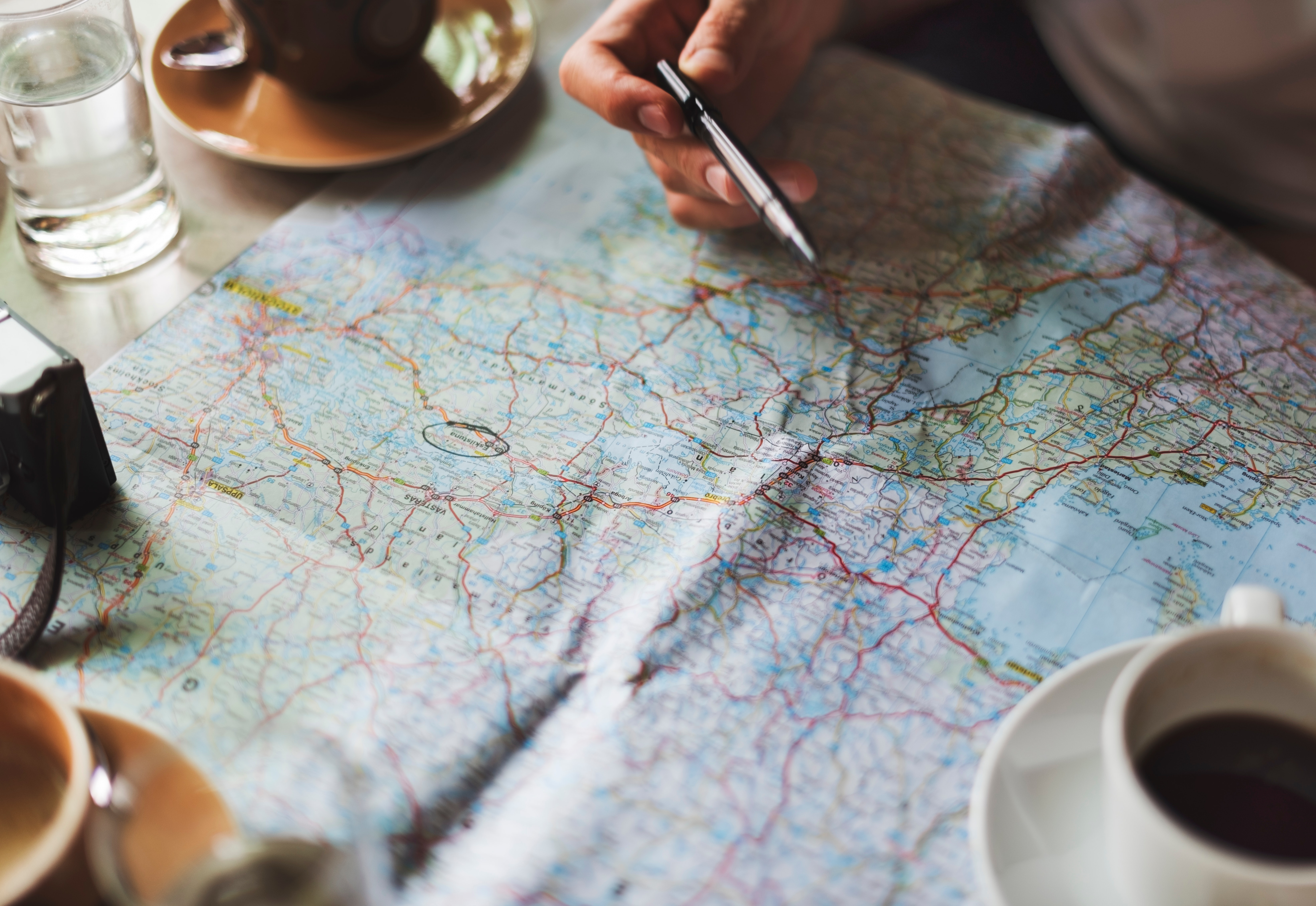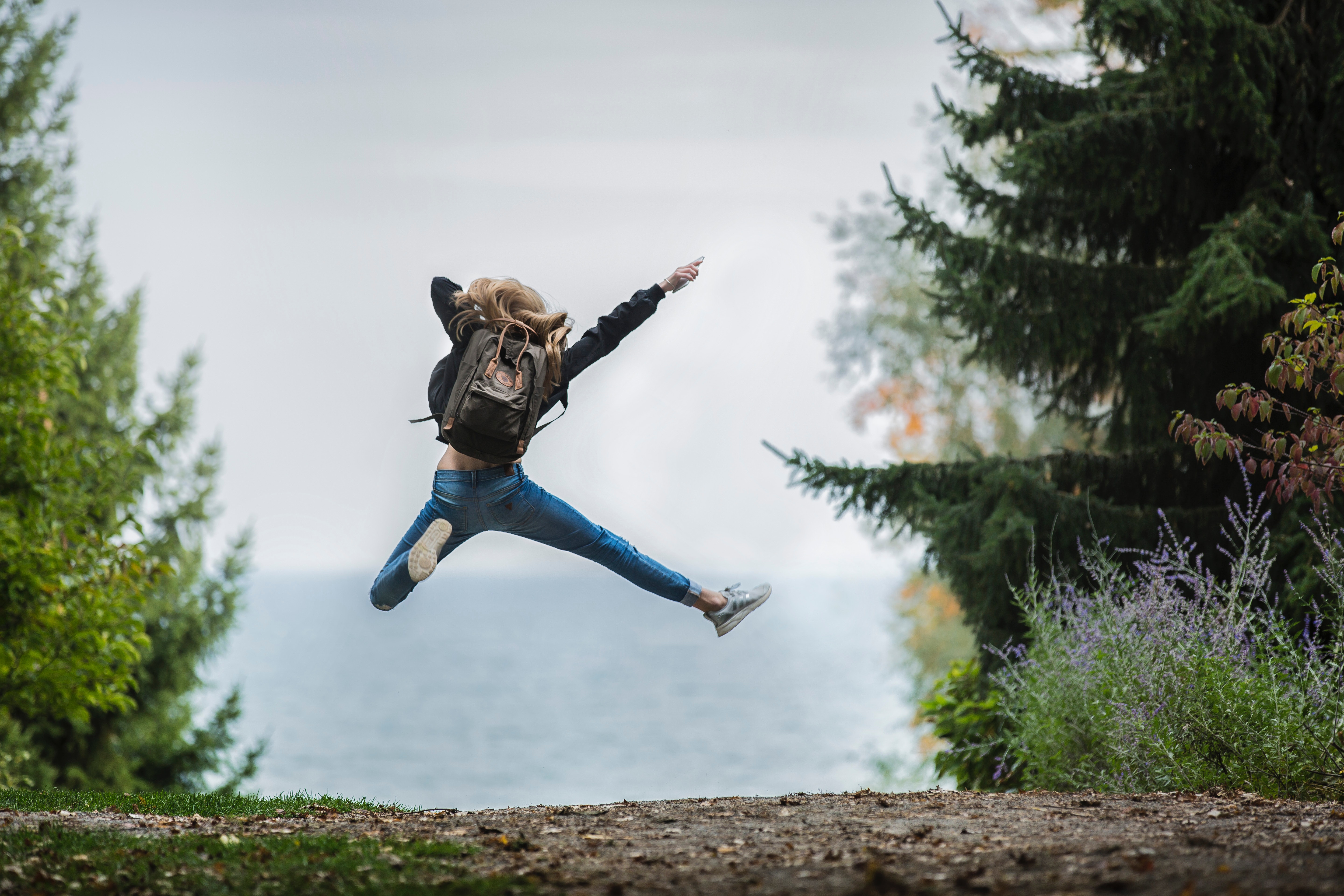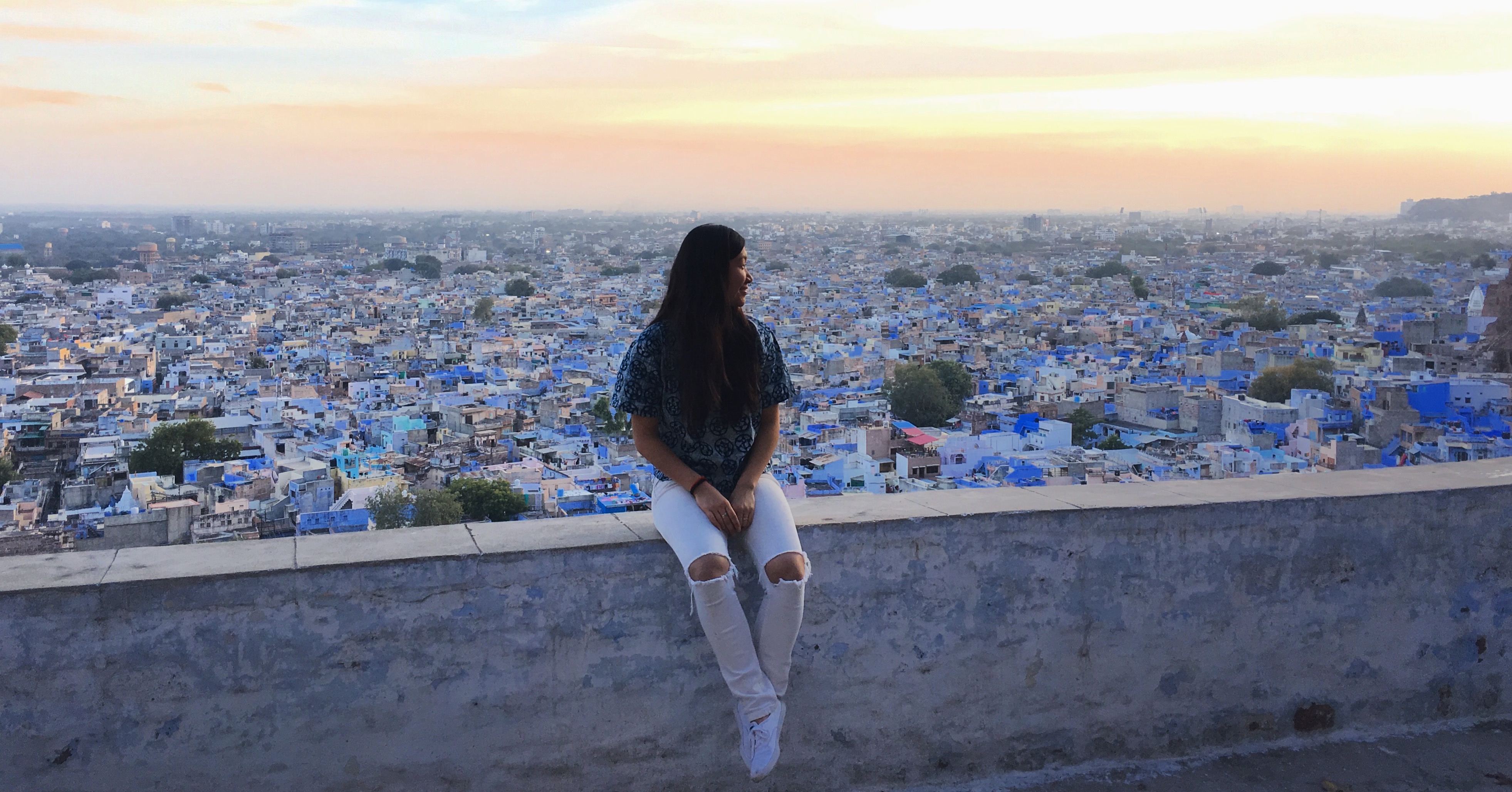Guests are always asking us what our most popular Mumbai tours are so here you go! While we are most well-known for our signature Dharavi slum tour, as you can see we have lots of amazing experiences to offer our guests!
- Dharavi Tour – An economic powerhouse, a city within a city, the heart of Mumbai – There are many ways to describe Dharavi and we are proud to call it home. From 2.5-hour slum tours to additional activities like a street art walk, Indian cooking class or pottery workshop, Dharavi has a lot to offer visitors!
- Bicycle Tour – Another old favorite! Our Mumbai bike tour has been running for 10 years and is a wonderful way to start the day. Peddling down the streets of Colaba, feeding cows at a shelter and watching Marine Drive come alive gives you an experience like no other.
- Street Food Tour – There is no better introduction to a city than through its street food! Food plays a very important role in Indian culture and is the backbone of many social gatherings. Our visitors love the chance to watch the sunset on Chowpatty Beach while eating delicious snacks. Make sure to come hungry!
- Elephanta Caves Tour – One of our newest tours, Elephanta Caves has quickly become a best-seller. A gorgeous ferry ride on the Arabian Sea, a walk through 1500 year old cave temples and lunch at a local family home combine to make this tour the perfect day trip from Mumbai!
- Public Transport Tour – From buses to trains to taxis, we believe that the most memorable way to explore the city is the way that locals do – by public transport. When in Rome! While our half-day public transport tour has been around for a few years, this year we decided to make it better than ever by offering a full-day version. Check out the new itinerary here!
We can’t wait to see what 2020 brings. Stay tuned in and we hope to see you soon!

